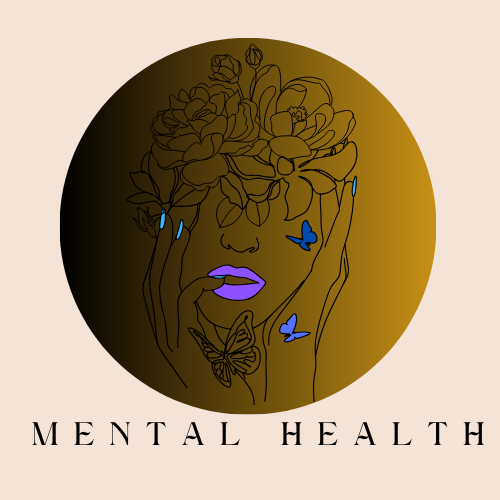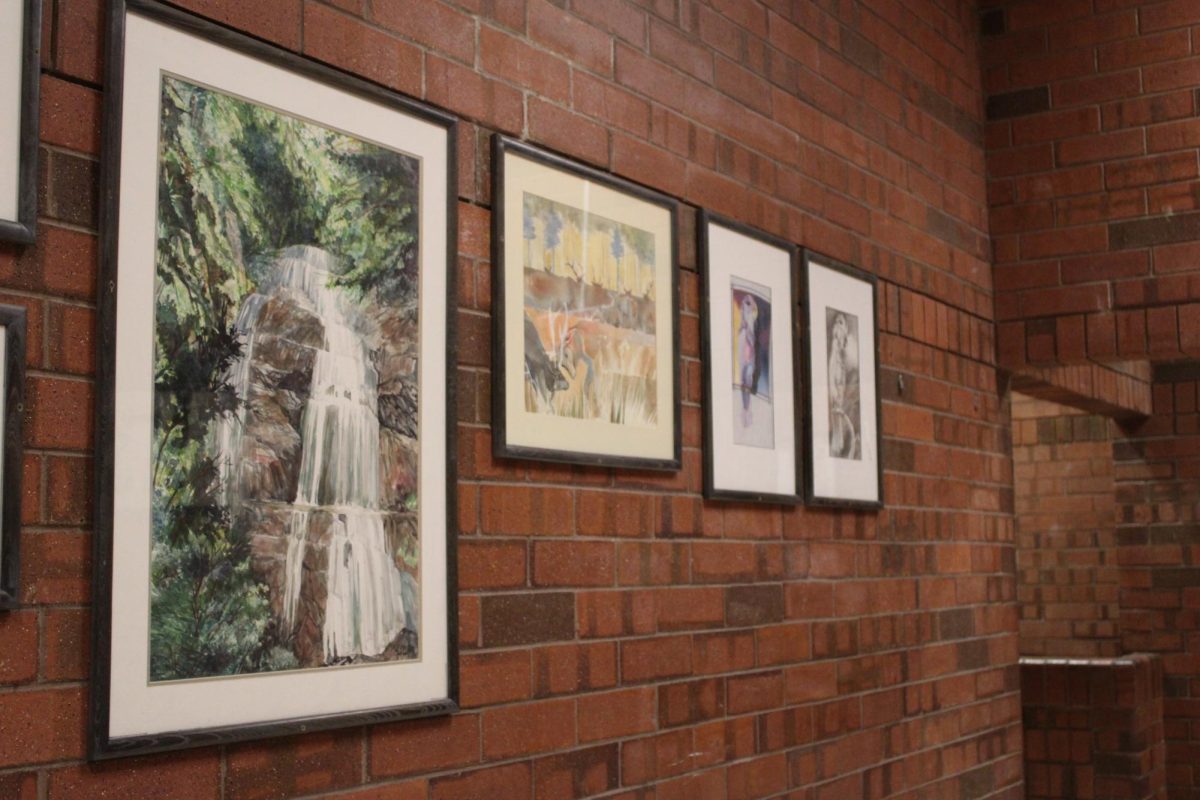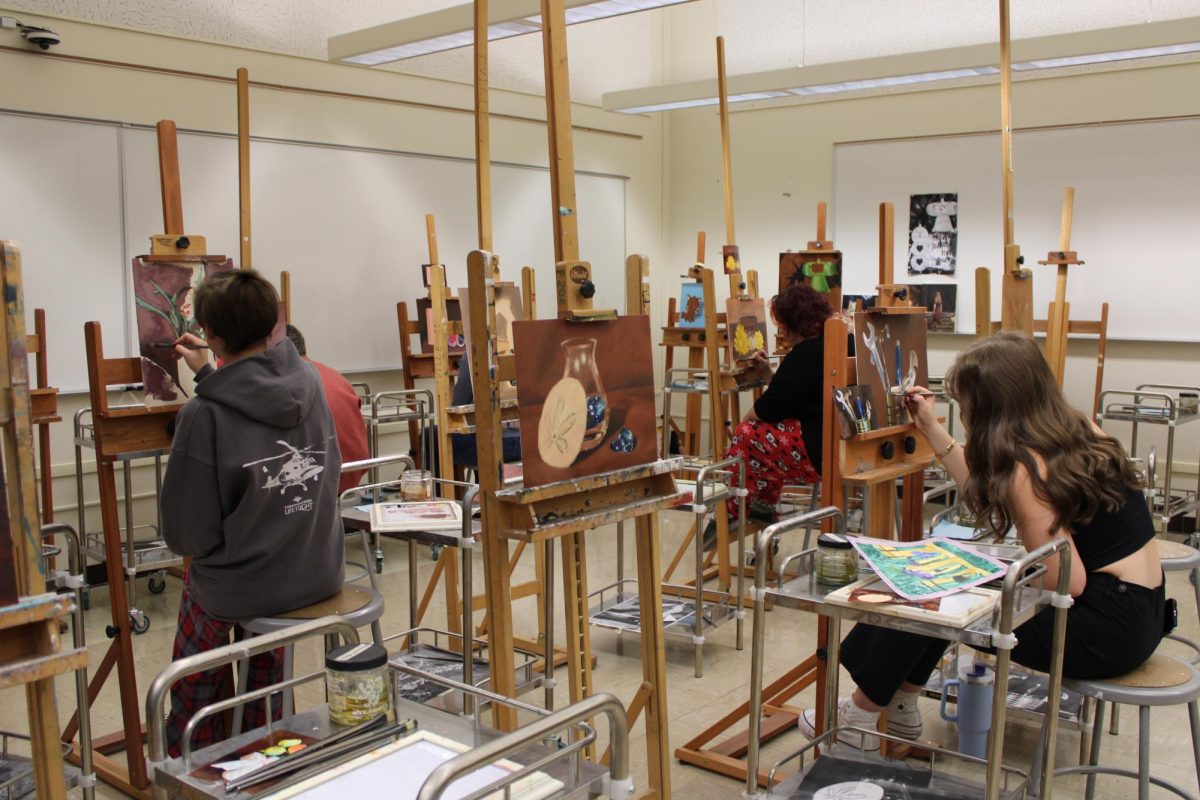For centuries, spirits have been a source of what indicates “The afterlife”. They have been depicted in art, literature, and folklore, and have played a significant role in shaping human beliefs and the possible meaning of life. Whether they are seen as sinful creatures or blessed guardians, spirits are believed to possess powers from beyond the living realm.
In many cultures and religions, spirits are often worshiped or feared, depending on their unknown nature. The living and spiritual worlds have similarities involving responsibility, the deceased are believed to provide protection, guidance, and healing, and spirits are seen as a variation of angels in the perspective of specific religions. From the benevolent spirits of Japanese Shintoism to the malevolent ghosts of European folklore, spirits have played a significant role in being an inspiration to the living by moving on until each day passes.
Spirits are seen in multiple variations in both real life and fiction. In reality, spirits are often invoked in spiritual and religious practices for protection, guidance, and healing. For example, in many Indigenous cultures, spirits are seen as protectors and guides who can help individuals connect with their ancestries. Spirits have long been used in literature and film to add suspense and mystery and to jump into themes such as mortality and spirituality. According to Anonymous, “The concept of ghosts seems more thrilling and terrifying in fiction.” They have played a significant role in shaping the fictional world of amusement, from the ghosts in Shakespeare’s plays to the spirits in Japanese horror films. In fiction, folklore, and mythology, spirits are often used to explain supernatural occurrences and depict the effects of human actions.
Overall, spirits continue to inspire fascination and wonder in reality and their roles and manifestations are likely to continue evolving in the years to come. Spirits are often linked to mysterious events and are used for protection, guidance, and healing in spiritual and religious practices. According to Anonymous “Even if some spirits are seen as guardian angels to the living, we are told that they can develop hellish disasters because they despise us.” For instance, in many Indigenous cultures, spirits are regarded as guardians and mentors who can help people connect with their past and the natural world.
It is important to recognize that mental disorders are complex conditions that involve a range of biological, psychological, and social factors. While spiritual practices can provide guidance, they are not considered as treatments for mental health.
Mental health professionals must discuss spiritual and religious beliefs with their patients, as these can be an important part of their overall well-being. According to Anonymous, “In documents, we witness patients getting more and more insane everyday because they believe they’re being haunted by spirits.” However, it is also important to approach these discussions with sensitivity and respect and to recognize that spirituality is a deeply personal and subjective experience that may not be relevant or helpful for all individuals with mental health conditions.
That being said, some individuals may experience spiritual or religious experiences as a part of their future. For example, some people may find that prayer or meditation brings them a sense of calm or peace during times of stress or anxiety. Others may find that engaging in spiritual practices helps them feel more connected to their community or something greater than themselves.







